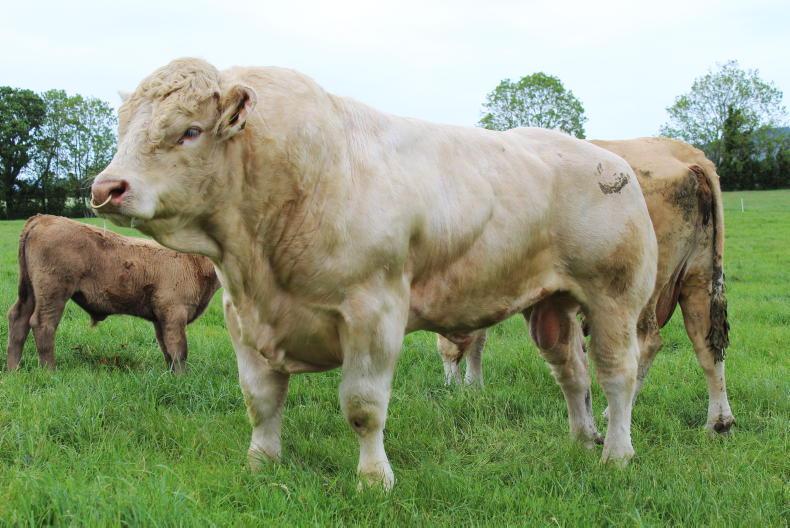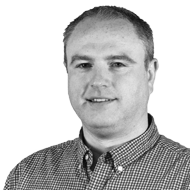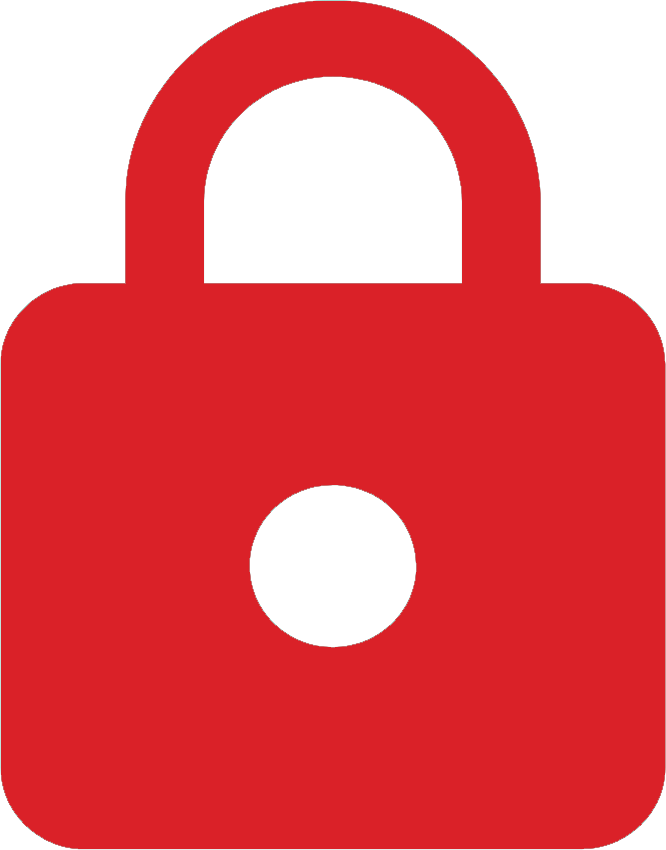For suckler herds that start calving in February, breeding will most likely kick off in early May, which is two weeks away.
Before breeding starts, there are a few checks to tick off the list.
Some of these are outlined below.
1. Are replacement heifers up to bulling weight?
Replacement heifers are the future of the herd and the heavier these animals are at breeding time, the better.
Heifers that are well-developed when mated are better equipped to cope with gestation, calving and producing milk to rear their progeny. They are also more likely to go back in-calf.
As a rule of thumb, replacements should weigh at least 60% of mature cow weight when served, rising to 90% of mature cow weight at calving time.
If the average cow in the herd weighs 750kg, heifers should weigh in excess of 450kg when bred and 675kg at calving time.
Heifers below these targets may well go in-calf this year, but they will be more inclined to present problems next spring.
2. Is the stock bull in fit condition?
Where the stock bull has been housed all winter on a maintenance diet, it is time to give the herd sire some attention.
As cows go out to grass, move the bull to sheds with more pen space for exercising. Even better is to let the bull out to the handling unit for a few hours every day to improve mobility and harden feet.
Check the bull’s testicles and penis for any issues and offer some concentrate to build body condition as necessary.
3. Breeding vaccines
Make sure all breeding vaccines are up to date. Include the stock bull in vaccine programmes as well.
Replacement heifers may need a second booster shot for some vaccines, so factor this is into your timings.
4. Sorting breeding groups
Check back through herd records and sort cows into certain breeding groups.
There may be daughters, granddaughters and full- or half-sisters that need to be kept away from some stock bulls.
Think back over the last two to three months. Which cows had difficulty at calving time and were these problems down to a hard-calving bull?
If so, these cows may be better off running in a different group this year or inseminated to a proven sire for calving ease.
The cows that calved in the first six weeks are likely to be the most fertile in the herd and should be considered for a separate maternal group to breed replacements.
5. Secure handling pens for AI
If the herd is bred to AI, make sure alterations required in the handling unit are made in good time, particularly on outfarms where these tasks can be overlooked.
A good collecting pen is necessary, as is a race and headlock that provides safe working conditions for AI technicians.
Good pens also reduce the stress on cows, improving the chances of getting a successful insemination every time the technician visits.
Read more
Weanlings up €200/head as exporter appetite increases
Cull cow numbers to increase on back of falling milk prices, EU says
For suckler herds that start calving in February, breeding will most likely kick off in early May, which is two weeks away.
Before breeding starts, there are a few checks to tick off the list.
Some of these are outlined below.
1. Are replacement heifers up to bulling weight?
Replacement heifers are the future of the herd and the heavier these animals are at breeding time, the better.
Heifers that are well-developed when mated are better equipped to cope with gestation, calving and producing milk to rear their progeny. They are also more likely to go back in-calf.
As a rule of thumb, replacements should weigh at least 60% of mature cow weight when served, rising to 90% of mature cow weight at calving time.
If the average cow in the herd weighs 750kg, heifers should weigh in excess of 450kg when bred and 675kg at calving time.
Heifers below these targets may well go in-calf this year, but they will be more inclined to present problems next spring.
2. Is the stock bull in fit condition?
Where the stock bull has been housed all winter on a maintenance diet, it is time to give the herd sire some attention.
As cows go out to grass, move the bull to sheds with more pen space for exercising. Even better is to let the bull out to the handling unit for a few hours every day to improve mobility and harden feet.
Check the bull’s testicles and penis for any issues and offer some concentrate to build body condition as necessary.
3. Breeding vaccines
Make sure all breeding vaccines are up to date. Include the stock bull in vaccine programmes as well.
Replacement heifers may need a second booster shot for some vaccines, so factor this is into your timings.
4. Sorting breeding groups
Check back through herd records and sort cows into certain breeding groups.
There may be daughters, granddaughters and full- or half-sisters that need to be kept away from some stock bulls.
Think back over the last two to three months. Which cows had difficulty at calving time and were these problems down to a hard-calving bull?
If so, these cows may be better off running in a different group this year or inseminated to a proven sire for calving ease.
The cows that calved in the first six weeks are likely to be the most fertile in the herd and should be considered for a separate maternal group to breed replacements.
5. Secure handling pens for AI
If the herd is bred to AI, make sure alterations required in the handling unit are made in good time, particularly on outfarms where these tasks can be overlooked.
A good collecting pen is necessary, as is a race and headlock that provides safe working conditions for AI technicians.
Good pens also reduce the stress on cows, improving the chances of getting a successful insemination every time the technician visits.
Read more
Weanlings up €200/head as exporter appetite increases
Cull cow numbers to increase on back of falling milk prices, EU says






 This is a subscriber-only article
This is a subscriber-only article










SHARING OPTIONS: